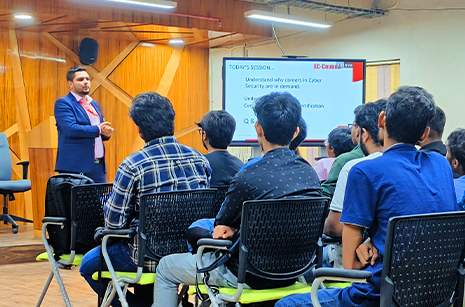Strengthening Cybersecurity in Educational Institutions: A Comprehensive Guide
Understanding Cybersecurity Threats in Education
Educational institutions are attractive targets for cybercriminals due to the vast amounts of sensitive data they handle, including personal information of students and staff, financial records, and intellectual property. Common threats include phishing attacks, ransomware, data breaches, Distributed Denial of Service (DDoS) attacks, and insider threats. Phishing attacks involve fraudulent attempts to obtain sensitive information by disguising as trustworthy entities in electronic communications. Ransomware is malicious software that locks access to a system or data until a ransom is paid. Data breaches involve unauthorized access to confidential information. DDoS attacks overwhelm systems, causing them to crash and become inaccessible. Insider threats are security risks that come from within the organization, often involving employees or students.
Best Practices for Enhancing Cybersecurity
1. Implement Strong Access Controls
Educational institutions should require multiple forms of verification to access sensitive systems through Multi-Factor Authentication (MFA). Role-Based Access Control (RBAC) should be used to limit access to information based on the user's role within the institution.
2. Regularly Update and Patch Systems
It is crucial to ensure all software, operating systems, and applications are up to date with the latest security patches. Regular vulnerability assessments should be conducted to identify and address potential weaknesses.
3. Conduct Comprehensive Cybersecurity Training
Students, faculty, and staff should be educated on recognizing phishing attempts, creating strong passwords, and following best practices for digital safety. Regular training sessions and workshops should be held to keep everyone informed about the latest threats and how to combat them.
4. Establish a Robust Incident Response Plan
A clear and actionable plan for responding to cybersecurity incidents should be developed. All stakeholders should be aware of their roles and responsibilities during an incident.
5. Use Encryption for Data Protection
Sensitive data should be encrypted both in transit and at rest to protect it from unauthorized access. Secure communication channels should be implemented for transmitting confidential information.
6. Deploy Advanced Threat Detection Systems
Intrusion Detection Systems (IDS) and Intrusion Prevention Systems (IPS) should be utilized to monitor network traffic for suspicious activity. Endpoint protection solutions should be implemented to safeguard devices connected to the network.
7. Regular Backups and Disaster Recovery
Regular backups of critical data should be performed and stored in secure, offsite locations. Disaster recovery plans should be developed and tested to ensure quick restoration of services in case of an attack.
8. Foster a Culture of Cybersecurity Awareness
A culture of cybersecurity awareness should be promoted throughout the institution. Reporting of suspicious activities should be encouraged, and a clear channel for reporting incidents should be provided.
Conclusion
As educational institutions continue to embrace digital transformation, it is crucial to prioritize cybersecurity. By understanding the threats, implementing best practices, and fostering a culture of awareness, schools and universities can protect their digital assets and ensure a safe learning environment for all. Investing in robust cybersecurity measures not only safeguards sensitive information but also upholds the institution's reputation and trustworthiness in the digital age.




